
Experiencing safety technologies at Continental’s 2-Wheeler TechDrive
Continental is developing cutting-edge safety systems for two-wheeler OEMs right here in India! We got to experience the company's ABS, TCS, OCB and ARAS technologies in a controlled environment to find out just how well they work.
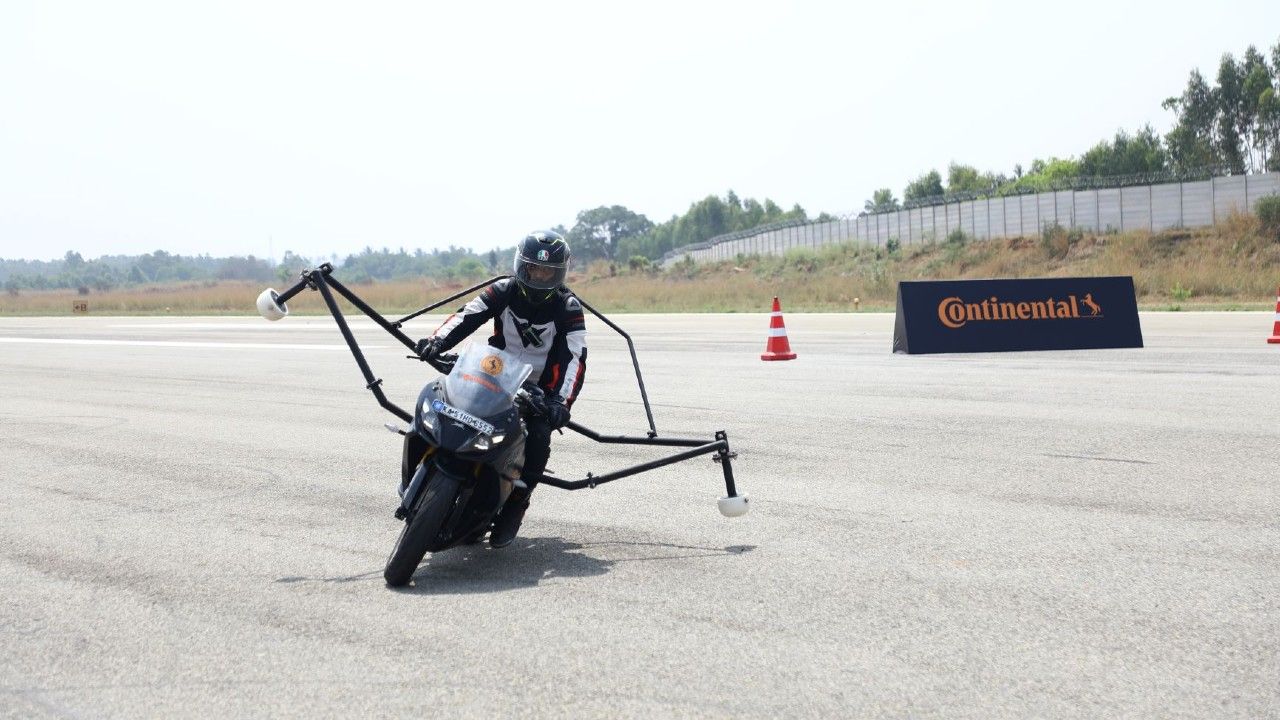
On display at the 2-Wheeler TechDrive were Continental’s ABS, TCS, ARAS and other safety systems
We don’t get to appreciate the safety net of our vehicles too often, which is actually a great thing, but once in a while it is reassuring to know that the technology that is meant to clean up after you actually works. To get a first-hand experience of just such safety tech, we attended Continental’s 2-Wheeler TechDrive event.
Traction Control System
The first tech we tried out was the TCS. This was on-display on a powerful maxi scooter which we got to ride on a wet ceramic tiled patch which is an incredibly slippery surface. First we tried the patch with the TC switched on and then with it switched off and the difference was remarkable.
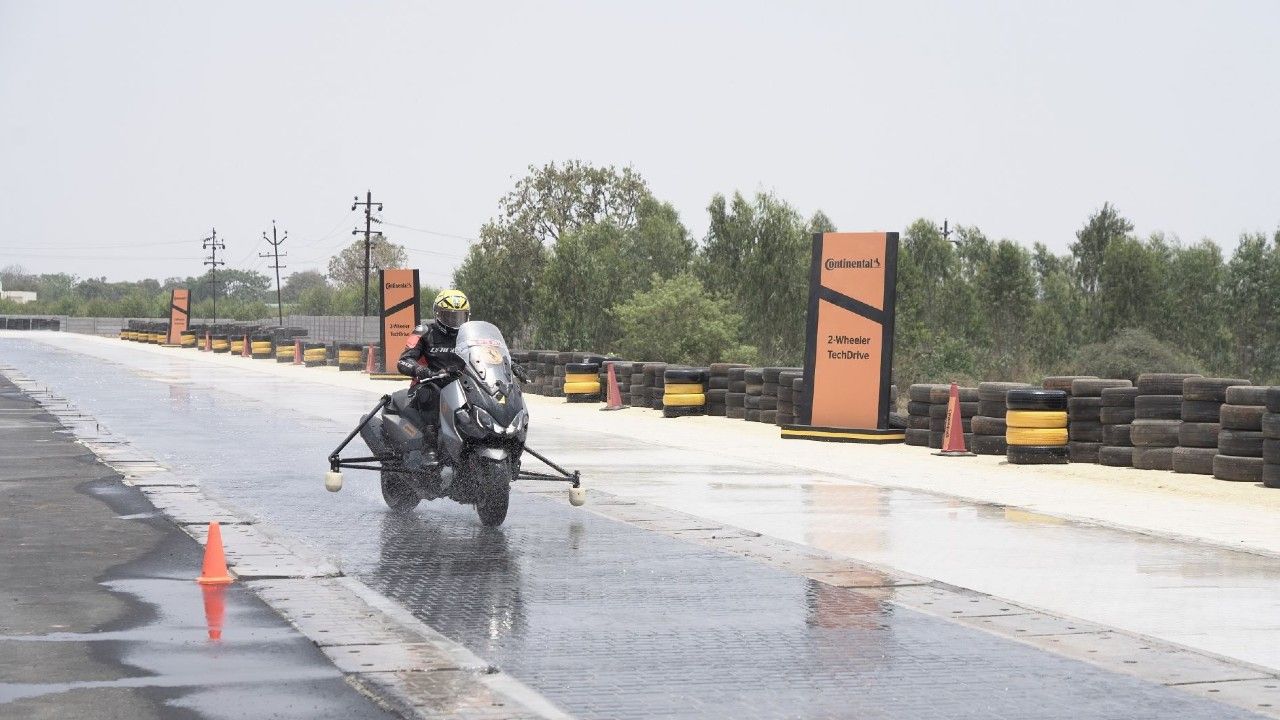
Not only was the scooter almost unrideable without traction control, it was even hard to get going from a standstill because the rear wheel would just spin away on the spot! With traction control on, even aggressive throttle inputs didn’t unsettle it, and the system wasn’t choppy with its intrusions, resulting in smooth progress.
Anti-lock Braking System
On the same wet patch, we tried out Continental’s two-channel ABS system and how it works with different riding modes. In standard road mode, on the scrambler-style motorcycle we were riding, the brake application was smooth. During panic braking, while the lever gave strong feedback, the bike remained fairly stable and was brought to a halt without much fuss.
In rain mode, the bike actually took longer to stop but was much more stable and would be ideal in very slippery conditions, like the one we were riding on.
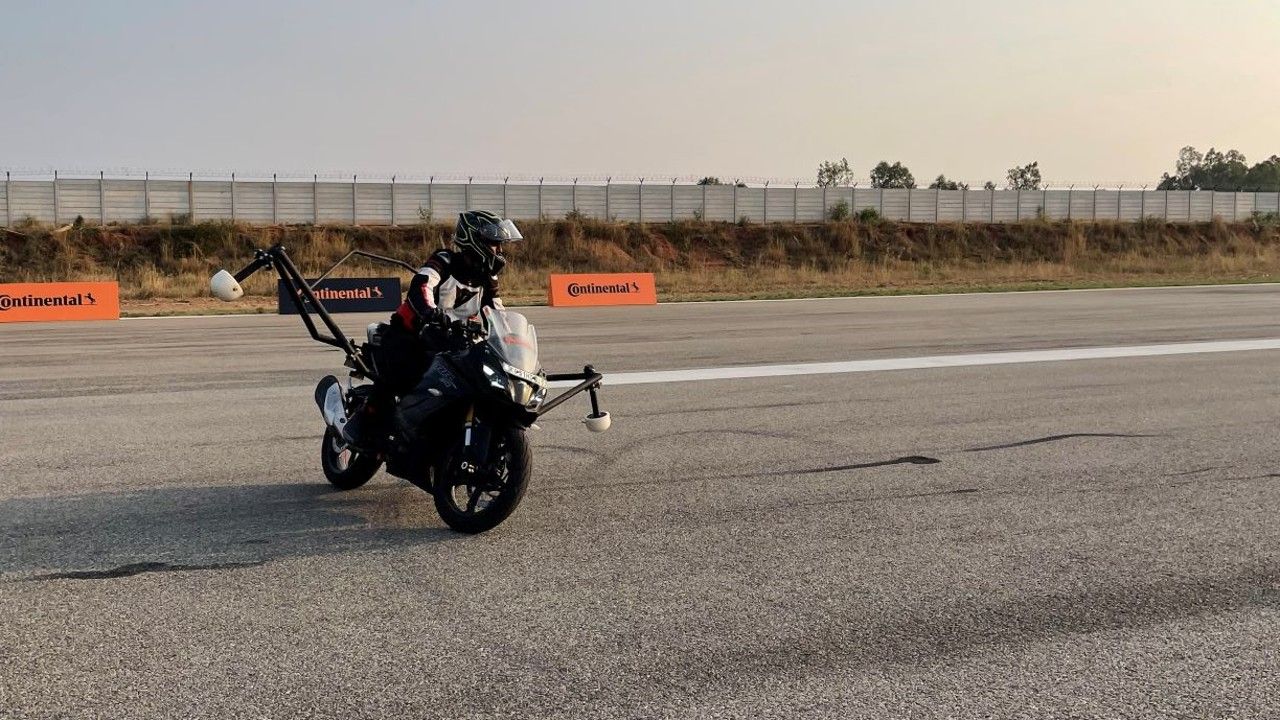
At a different test track, we got to try the IMU-based cornering ABS as well. This system uses a six-axis IMU to allow the rider to safely use the brakes while leaning into the corner, without unsettling the bike. In fact, the harder you brake, the quicker the system lifts the bike back up from the lean to ensure a quicker, safer stop.
ARAS (Advanced Rider Assistance Systems)
The ARAS tech on demo utilised a long range radar on the front of the motorcycle and a short range radar with a wide field of view mounted at the rear. These radars enabled a blind-spot monitor which lit up a strip of LEDs on the side-view mirror when a vehicle was in the blind spot.
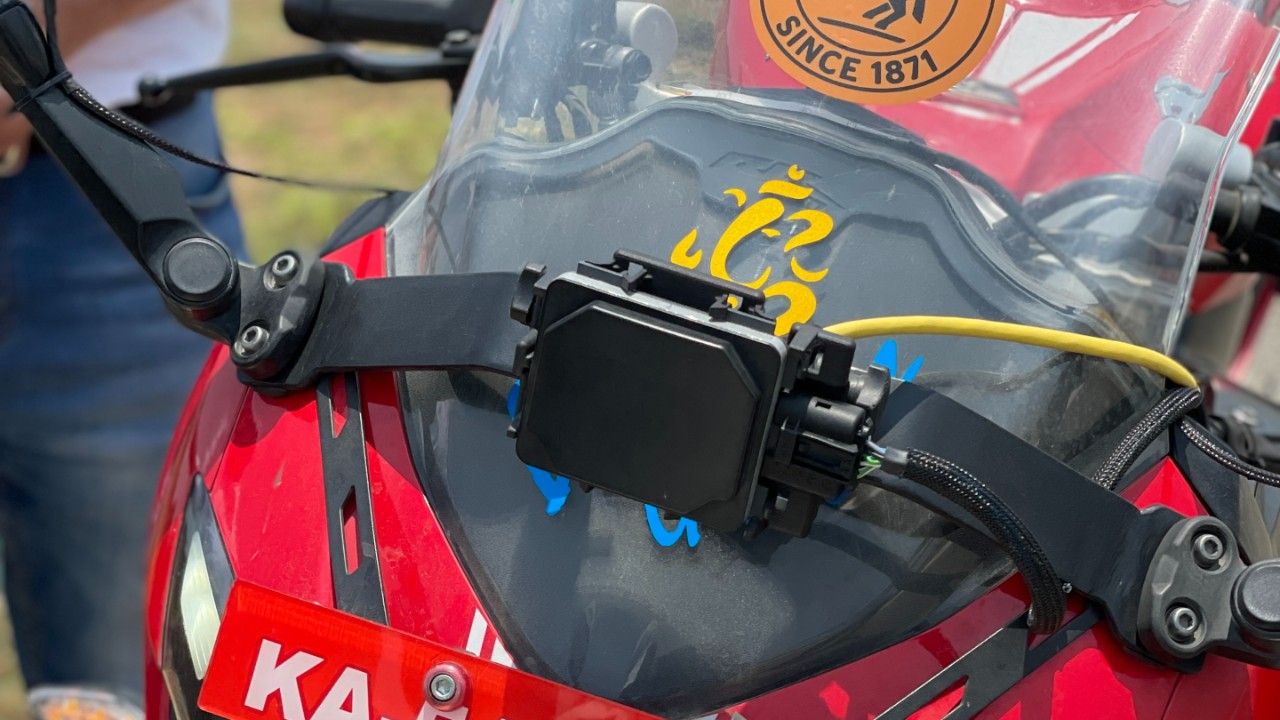
There is also a lane-change assist which works in a similar fashion, warning the rider of traffic from behind in highway situations. There is also a forward collision warning, which flashes LEDs at the rider when a frontal impact is imminent.
The most interesting of these was the rear-collision warning. The rear-mounted radar can sense if a vehicle is about to rear-end the motorcycle and will flash a warning for the vehicle behind to alert them. In the demo, this was done using a strip of red LEDs above the number plate holder.
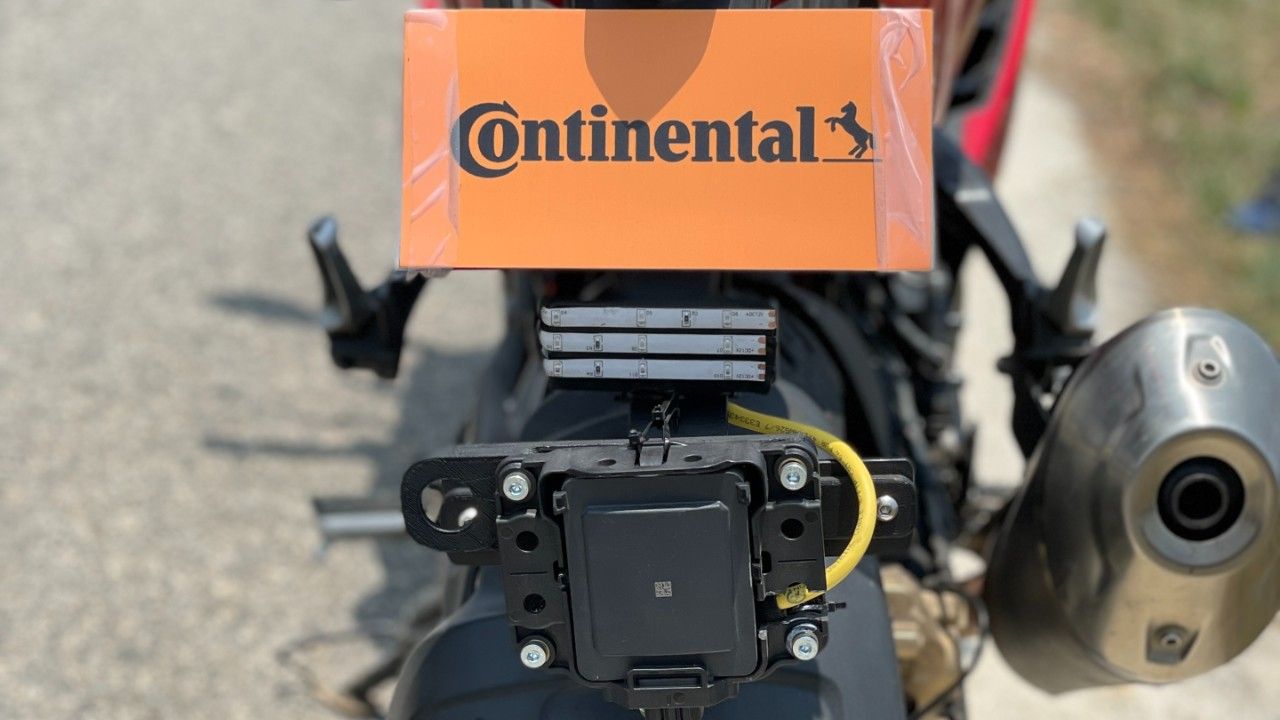
Continental also showcased a TPMS which uses purely software to use the pre-existing hardware on motorcycles to warn the rider of low pressure. The system is fairly basic and can’t show exact pressures or which tyre is running low, but it is still a useful feature to have.
All the technologies on display are either currently in production on a two-wheeler somewhere in the world, or are being constantly developed for production use. While none of these are particularly new, it is cool to see safety tech in action in controlled, but extreme scenarios.
Also read:
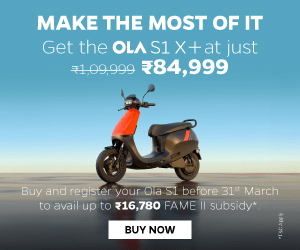

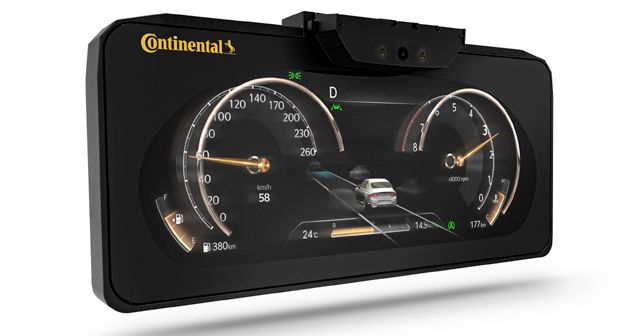
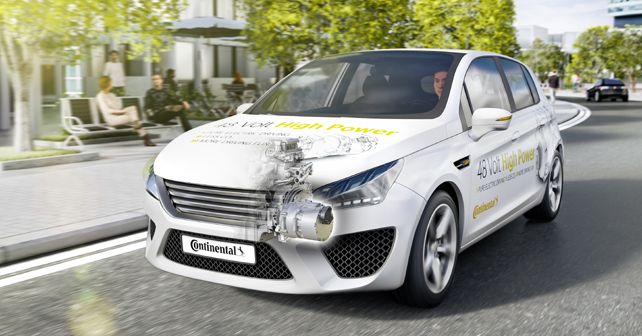
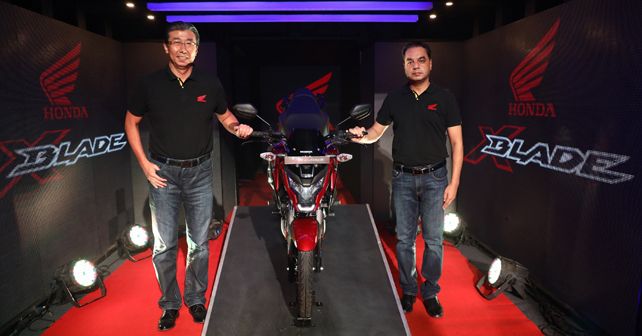

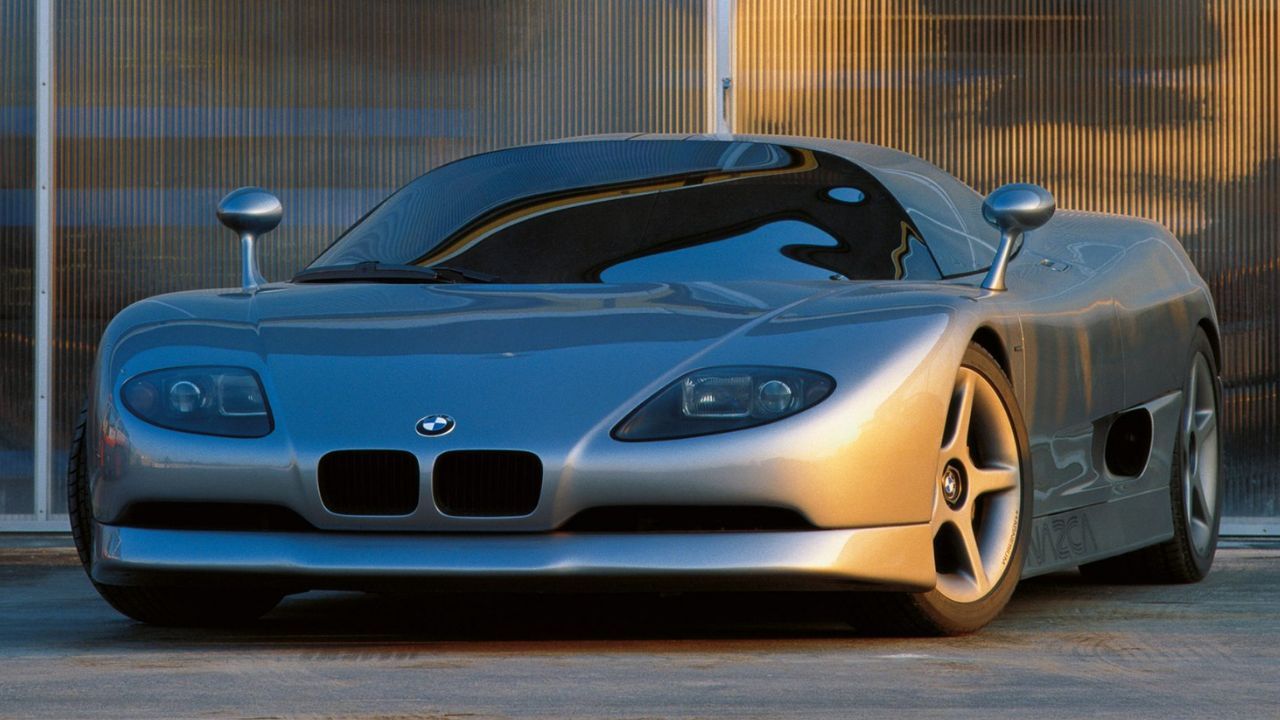

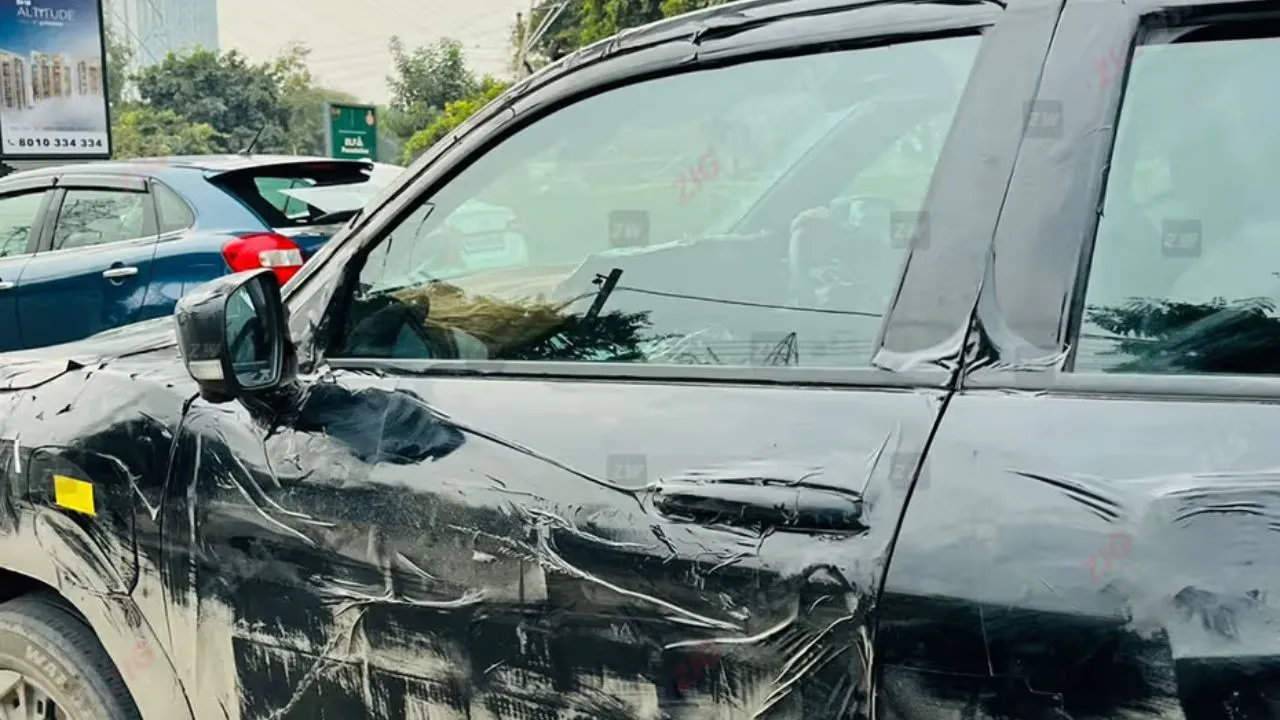
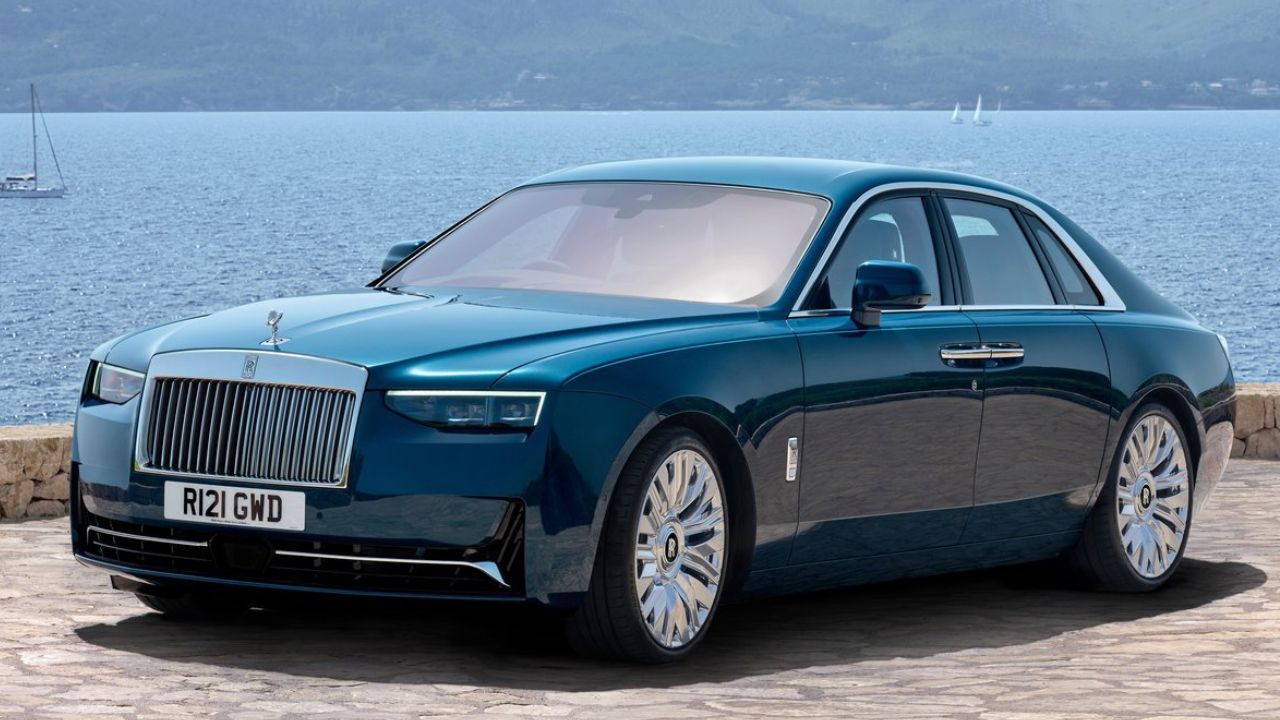
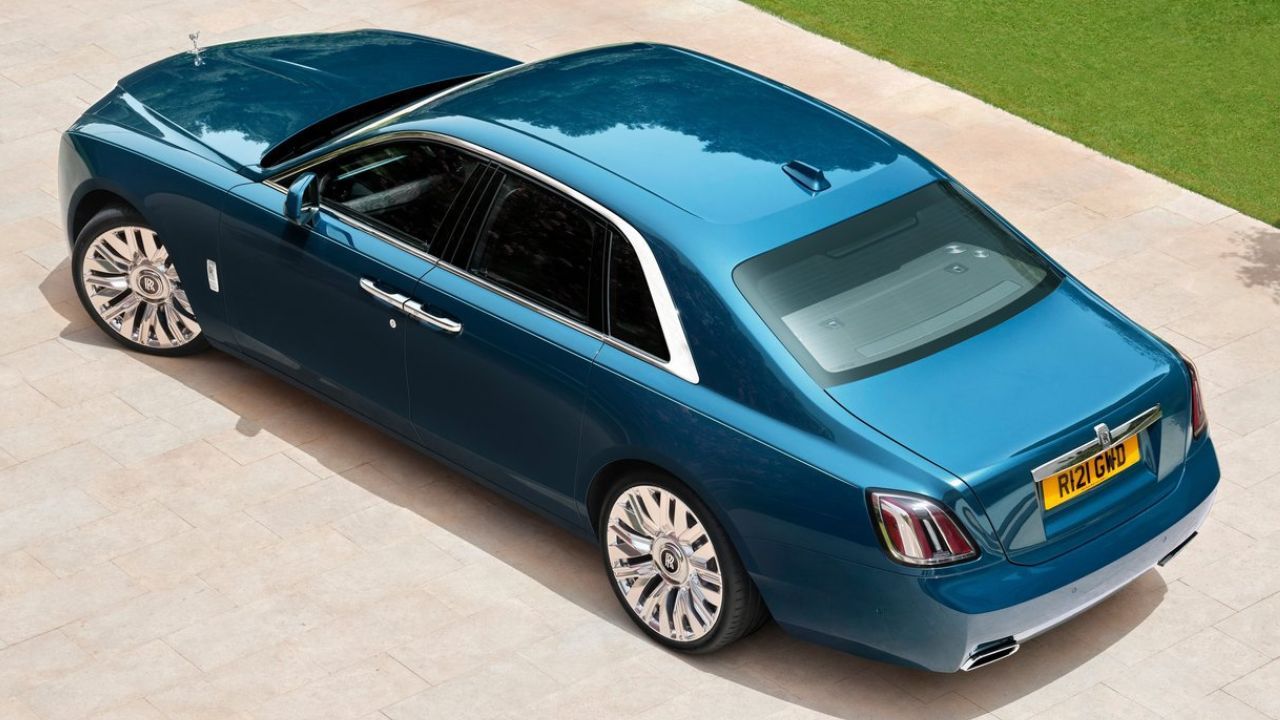
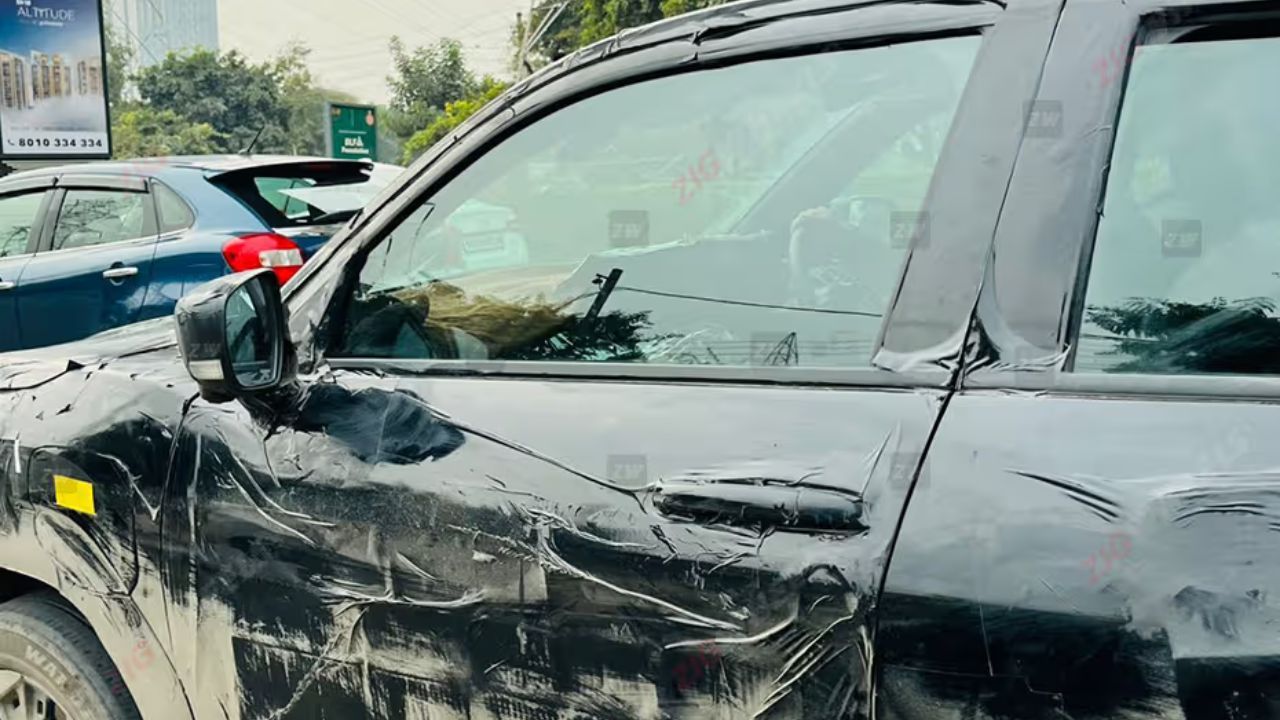
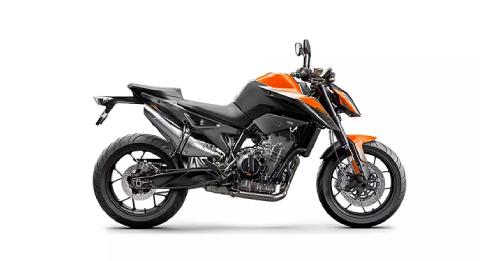
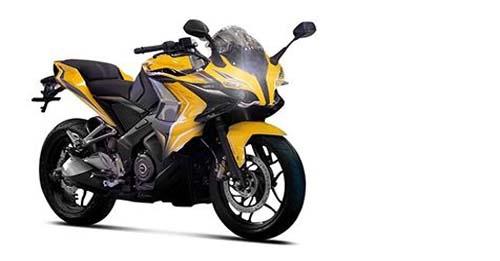
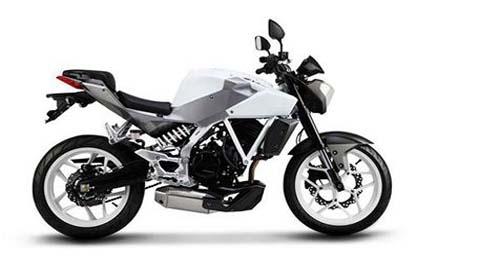
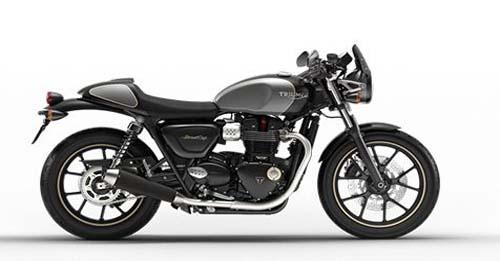
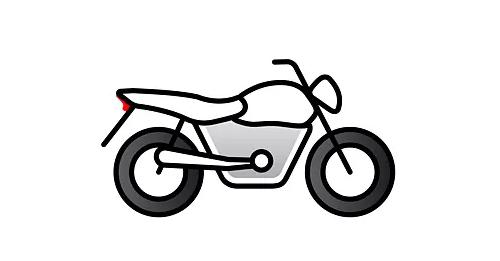









Write your Comment on